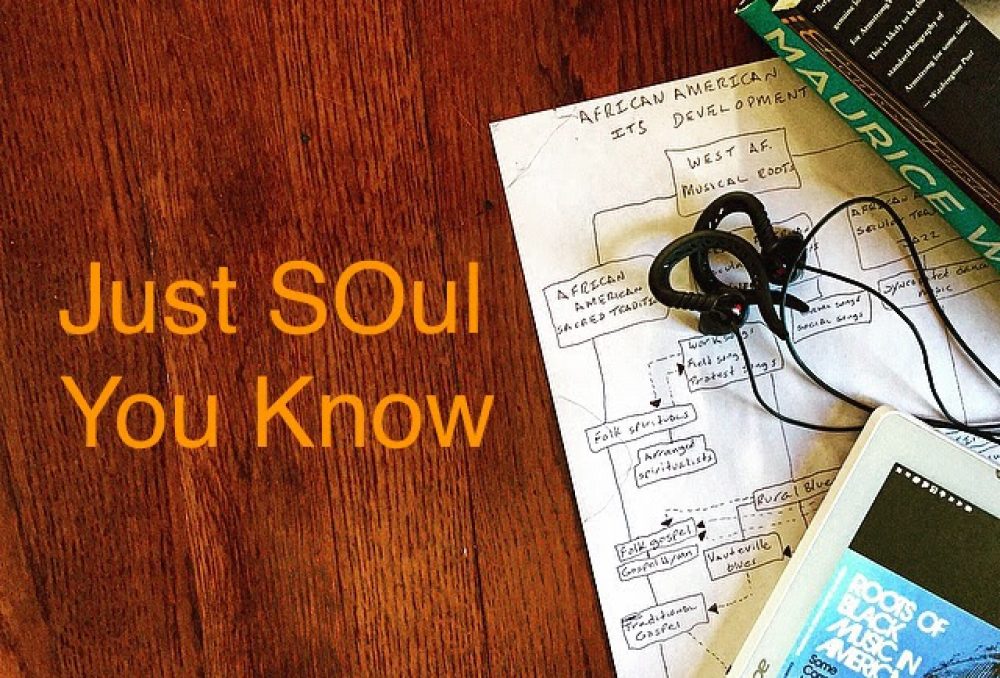In much the same way as Jazz, Hip Hop was formed in the Black ghettos of America, led by a youth culture, and today has a critical global presence and influence. Citing the boroughs of New York as its birthplace in the late 70s, Hip Hop extended its influence across the U.S. with a quickness unlike any other music genre.
Adopting its musical reference from the well styled, rhythmic, and groove oriented R&B and Funk songs of the 1970s, Hip Hop spread the message of a converging youth culture. Hip Hop’s formation was about the here and now of the Black community and how the youth fit into that sometimes turbulent process of growing up and survival in the inner cities of America. In a short period of time, Hip Hop developed a unique culture of graffiti, dance, turntables and microphones.
Today, Hip Hop utilizes cutting edge musical technology and individual character “swag” that drives a crucial portion of American and global commerce (much more can be said about this).
Hip Hop, with its ability to give voice to youth culture, has extended beyond the Black ghettos and inner cities to reside in places such as affluent American suburbs, Koreatown, the Barrio, to locales such as London, Paris, Rome, Accra, Johannesburg, Moscow, New Delhi, Sydney, and Tokyo.
In terms of Hip Hop’s introduction to the world, I think Wonder Mike of the Sugar Hill Gang expressed it
most prophetically: “I am Wonder Mike and I’d like to say hello, to the black, to the white, the red and the brown, the purple and yellow . . .”
As we conclude BMM 2012, lets remember that Black music is deeply woven into the American fabric. A group of people, who needed to audibly express the sentiments of oppression and the battle for freedom, forged this music to soothe their soul in the midst of their struggle. Black music has a transcending power of triumph. Ultimately, Black music has become one of the defining factors of the American identity and is embraced world wide like no other music.
So don’t let the end of June be the end of the appreciation of Black music. Indulge yourself!
Hip Hop first spoke to the world from the boroughs of New York. Take a listen as the world hollers back:













